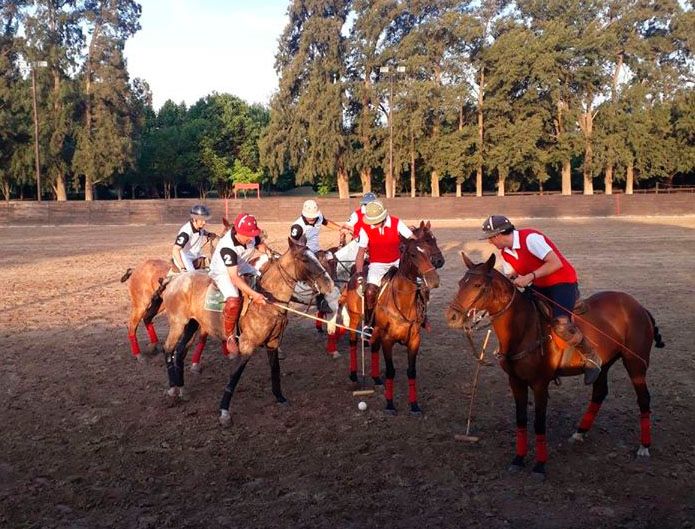Polo is a sport often associated with elegance, speed, and precision. However, within the world of polo, there are two distinct variations: arena polo and grass polo. While both share the same fundamental objective – scoring goals by hitting a ball through the opponent’s goalposts using a mallet – the strategies employed in each format are notably different. In this blog post, we’ll explore the nuances that set arena polo and grass polo apart and the reasons behind these strategic differences.
Arena Polo:
Arena polo is typically played on a smaller field, usually an enclosed arena, and with fewer players on each team compared to grass polo. Here are some key aspects of arena polo strategy:
1. Speed and Agility: Arena polo demands faster reflexes and greater agility from players. The smaller field size requires quick maneuvers and swift changes in direction.
2. Bounce and Wall Play: The arena’s walls come into play as a dynamic element. Players can use the walls to bounce the ball strategically, creating unexpected angles and opportunities for attack.
3. Teamwork: Given the tight quarters, teamwork and communication are paramount in arena polo. Players must work closely together to control the ball and coordinate their movements effectively.
Grass Polo:
Grass polo is played on a large, open field, often with more players on each team. The strategic considerations in grass polo are distinct:
1. Field Size: The expansive grass field allows for longer runs and more extended plays. Players have more space to work with, but this also means greater distances to cover.
2. Horse Skills: In grass polo, the quality and training of the polo ponies become even more critical. Players rely on their horses’ speed, stamina, and maneuverability to cover the vast field efficiently.
3. Tactics and Positioning: Grass polo emphasizes strategic positioning and control of the field. Teams need to strategically place players to defend against opponents and create offensive opportunities.
Why the Differences?
The contrasting strategies in arena and grass polo arise primarily from the unique characteristics of their respective playing environments:
– Space:
The size of the field is a crucial factor. Arena polo’s compactness forces a focus on quick plays, while grass polo’s vastness allows for a more deliberate, tactical approach.
– Obstacles: Arena polo’s walls create unpredictable rebounds, requiring players to adapt rapidly. Grass polo, on the other hand, has natural terrain variations that influence play.
– Team Size: The number of players on each team affects the distribution of roles and responsibilities. Smaller teams in arena polo demand greater versatility, while larger teams in grass polo can specialize more.
In conclusion, while both arena polo and grass polo share the same core principles, their strategies differ due to the unique challenges posed by their respective playing environments. Whether it’s the speed and agility of arena polo or the strategic positioning of grass polo, these variations add to the beauty and diversity of this exhilarating sport and we love to be able to share both experiences with you!
https://instagram.com/argentinapoloholidays?igshid=OGQ5ZDc2ODk2ZA==



